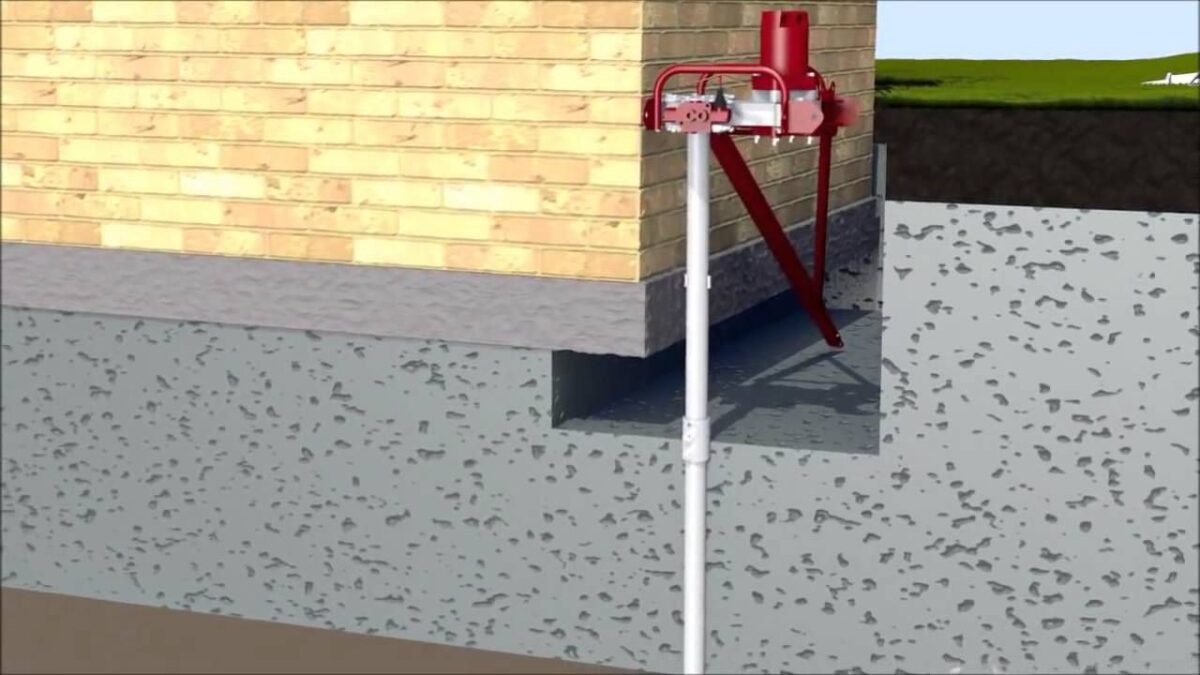
Sewing machines were first invented during the Industrial Revolution to reduce manual sewing work at clothing companies and Thomas Saint designed his first sewing machine in 1790.
His design utilized a hooked needle and barbed shuttle to produce chain stitches, and was also capable of hemming. Know more about the best sewing and embroidery machine.
Definition
Although all sewing machines vary considerably, all are connected by some common characteristics. From old foot treadle machines to high performance computer controlled models, stitch patterns will generally look the same regardless of brand and model; just like cars though, details will differ according to make and model but the framework remains the same.
Saint’s first practical sewing machine featured a curved eye-pointed needle moving across fabric while interlocking with thread carried by a shuttle that ran along a track. His successful design was based on earlier work by Barthelemy Thimonnier who created straight seam machines similar to Saint’s chain stitch machine; however, theirs used a different hook mechanism than Saint’s chain stitch and was significantly cheaper; both designs remained widely used up until electric motors became widespread use; modern sewing machines now also boast many additional functions that were never possible before such as these:
Functions
Sewing machines serve a specific function when it comes to fabric construction: stitch formation. Their needle and looper work in harmony to produce stitches which outshout those created manually.
Sewing machines must be fed appropriately in order to work, and there are various means of feeding their material including drop feed, needle feed, walking foot puller and manual feed mechanisms. Some types of sewing such as edge joining fur or creating seams on caps may even require special feed mechanisms.
Balance wheels set the sewing mechanism into motion and adjust needle height, usually by getting power from a motor but can also be manually controlled. Bobbin cases hold and provide tension for lower thread, featuring a piece of plastic that flips up when not in use to cover up their contents when not needed. A feed dial regulates how much material moves per stitch – normally shown as a sliding scale with marked settings on your machine – though computerized sewing machines may have this configured automatically but you may override these settings manually as well.
Operation
Modern machines are capable of performing a range of stitches and other operations, using electric motors with foot pedal controls to vary speed as desired.
Thread used for sewing comes from two sources – an upper thread which passes through the needle, and a lower one that’s stored on a small bobbin. As fabric holes are being sewn through, each upper thread interlaces with its lower counterpart at each stitch point.
Some sewing machines use a special feed mechanism that grips and pulls material being sewn, and these machines can handle larger, heavy materials like canvas tents. Most machines feature a printed diagram or number marking near their bobbin pin to assist workers when threading correctly; threading involves taking thread from its source through several hooks before taking up lever – each step should be carefully followed to prevent breaking the machine.
Maintenance
As with your car or lawnmower, sewing machines require routine maintenance to perform optimally and extend their lifespan. Doing this regularly will also increase performance levels.
A quick brush of the exterior and cleaning of the interior of your machine will help keep debris such as lint or dust from collecting on it and hindering its performance or leading to issues later. This simple step may save both time and trouble later.
Regular oiling of your sewing machine is also vitally important. While some machines provide a dedicated reservoir to add oil directly, others feature small holes in their mechanisms that you can use for this purpose. Please refer to your user manual for guidance as to when and how much oil should be added.
Finally, your sewing machine should be serviced annually to reduce large issues which could become expensive repairs down the line. A professional can adjust timing and tension as well as clean areas you cannot reach without disassembling it all.


